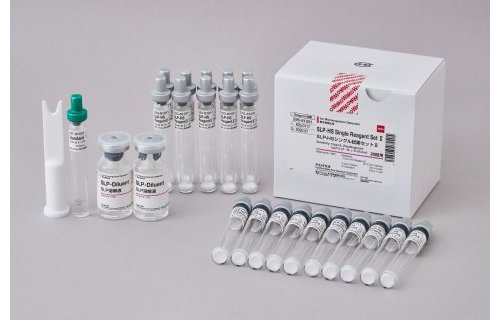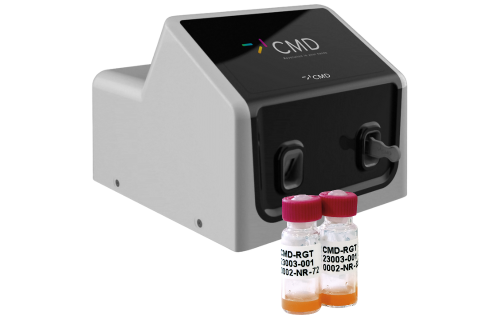Recombinant (synthetic) LAL vs. traditional LAL assay
Bacterial endotoxins as powerful pyrogens
Bacterial endotoxins are widely spread in the environment. However, endotoxins are also powerful pyrogens that may lead to the development of fever, inflammation, and even septic shock, if they gain access to the bloodstream.1
To prevent these serious risks, endotoxin testing has routinely been implemented in the manufacturing process of parenteral pharmaceutical drugs and medical devices. Moreover, the Limulus amebocyte lysate (LAL) assay has been established as the gold standard for endotoxin testing.
The traditional LAL assay
The traditional LAL assay detects endotoxin contamination via the incubation of protein extracted from the blood of horseshoe crab with an endotoxin-contaminated sample, which initiates the formation of a clotting reaction. It can be performed as a qualitative gel-clot test relying on clot visualization or as a quantitative turbidimetric or chromogenic assay, the findings of which can be recorded with a Toxinometer®️ or a microplate reader, respectively.
The LAL gel clot assay is used for the qualitative but fast and sensitive detection of endotoxin via the visualization of a formed clot. However, it does not enable endotoxin quantification.
The LAL turbidimetric assay (KTA) enables endotoxin quantification based on the turbidity (cloudiness) of the analyzed sample, which occurs after enzymatic substrate cleavage but before gel formation.
The LAL chromogenic assay (KCA) quantifies endotoxin by detecting and photometrically quantifying the chromogenic release caused by the cleavage of a chromogenic substrate.
Environmental risks associated with the traditional LAL assay
Production of the traditional LAL reagent requires the capture and bleeding of horseshoe crabs; however, the development of recombinant (synthetic) alternatives for endotoxin testing will reduce any environmental impact that could exist. This is in line with the 3Rs framework for animal-dependent science, which reflects the goal to replace, reduce, and refine the use of animals whenever possible.3
Currently available recombinant (synthetic) endotoxin assays
Recombinant factor C-based assays – Factor C is the initial component of the clotting cascade of horseshoe crabs. It is induced by endotoxins and has been used for the development of recombinant endotoxin assays. Recombinant factor C-based assays do not require the use of horseshoe crab amebocytes and can detect endotoxin with high sensitivity and specificity.
Pyrostar synthetic LAL assay – FUJIFILM Wako Pure Chemical Corporation has developed a new recombinant, 100% animal-free endotoxin detection reagent, PYROSTAR™ Neo. It mimics the cascade reaction of traditional LAL reagents with three recombinant factors (Factor C, Factor B, and proclotting enzyme) and offers high sensitivity and specificity. PYROSTAR™ Neo relies on the pNA chromogenic group to quantify endotoxin with a sensitive colorimetric method compatible with an absorbance plate reader. In addition, this method eliminated the risk of (1-->3)ß-D-glucan-related false positives via the use of endotoxin-specific reagents.
Take-away message
The LAL assay can qualitatively or quantitatively determine endotoxin contamination with high sensitivity and specificity. However, traditional LAL assays rely on bleeding of horseshoe crabs, which could have an environmental impact. The development of recombinant tests for endotoxin determination, such as recombinant LAL assays, enables endotoxin detection without compromising the assay sensitivity and specificity, while eliminating any possible effects on the environment.
Literature sources
- Sampath VP. Bacterial endotoxin-lipopolysaccharide; structure, function and its role in immunity in vertebrates and invertebrates. Agriculture and Natural Resources, 2018; 52 (2): 115-120.
- Maloney T, Phelan R, Simmons N. Saving the horseshoe crab: A synthetic alternative to horseshoe crab blood for endotoxin detection. PLoS Biology, 2018; 16 (10): e2006607.
- Gorman R. Atlantic Horseshoe Crabs and Endotoxin Testing: Perspectives on Alternatives, sustainable Methods, and the 3Rs (Replacement, Reduction, and Refinement). Frontiers in Marine Science, 2020; 7: fmars.2020.582132.






